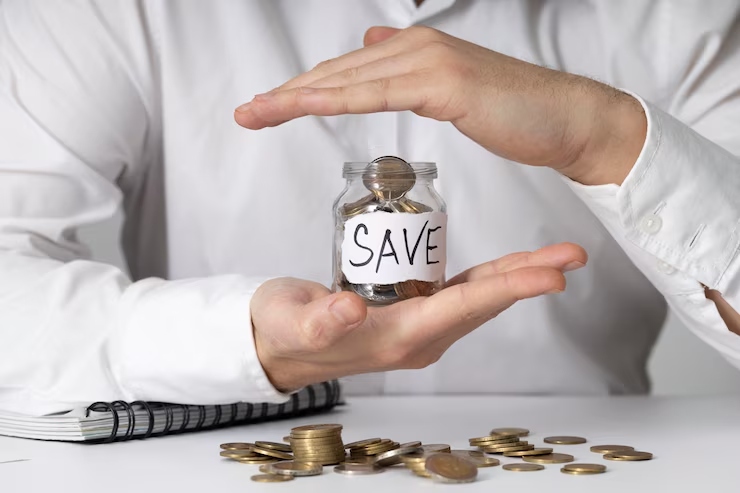Building an emergency fund is an essential step toward financial stability. An emergency fund serves as a financial cushion for unforeseen expenses, ensuring that you’re prepared for unpredictable events without derailing your financial health. With just a modest monthly contribution, you can gradually accumulate sufficient savings to cover emergencies.
For many people, starting small is key. By consistently setting aside modest amounts each month, you’re more likely to develop a sustainable saving habit. Over time, these small contributions add up, creating a financial buffer that provides peace of mind. This blog post will offer practical advice on how to build an emergency fund with limited resources.
Understanding how an emergency fund works

Before diving into how to establish an emergency fund, it’s important to understand its purpose and how it functions. An emergency fund is intended to cover unexpected expenses, such as medical bills, car repairs, or temporary loss of income. This fund is not for discretionary spending; instead, it serves as insurance against life’s uncertainties, providing financial security.
Typically, financial experts recommend saving three to six months’ worth of living expenses. However, for those starting with limited means, even one month of expenses can make a significant difference. The critical aspect is to start, regardless of the amount you can initially contribute.
Getting started with small monthly contributions
Building an emergency fund with minimal monthly contributions requires discipline and consistency. Begin by reviewing your budget to identify areas where you can cut back, even slightly. Redirect these savings toward your emergency fund. Automating these savings can also help ensure consistency; set up automatic transfers from your checking account to a dedicated savings account.
Another effective strategy is to allocate any ‘extra’ money, such as tax refunds or bonuses, directly into your emergency fund. This approach helps grow your fund faster without impacting your regular budget. Additionally, consider using a high-yield savings account which may offer better interest rates, helping your money grow over time without additional effort.
Overcoming challenges in building your safety net
There are several challenges associated with creating an emergency fund, particularly when you have limited resources. One common obstacle is the temptation to dip into these savings for non-emergencies. It’s crucial to maintain the discipline to use the fund solely for genuine emergencies to ensure it serves its intended purpose.
Moreover, saving consistently when money is tight can be challenging. It’s important to remember that the priority is forming a habit; even small, regular contributions are valuable. Focus on the positives: having an emergency fund reduces stress and increases your financial resilience, making it easier to handle life’s unexpected twists.
Practical strategies for maintaining your fund
To maintain your emergency fund, review your budget periodically. As your financial situation evolves, adjust your contributions accordingly. Whenever you receive unexpected income, such as a gift or a side-job payment, consider adding a portion to your fund. Celebrating milestones, like reaching a certain savings goal, can help keep your motivation high.
Additionally, continue educating yourself about personal finance. Understanding the benefits of an emergency fund and exploring new savings strategies can provide inspiration and reassurance. Joining support communities or forums can also provide encouragement and accountability, helping you stay on track with your savings goals.
Final thoughts on securing financial stability
Establishing a solid emergency fund is pivotal in achieving financial security. While the journey might be challenging, especially when saving on a tight budget, it’s feasible with determination and strategic planning. Start small, be consistent, and remain committed to your financial goals.
Remember, every little bit contributes toward building a safer financial future. An emergency fund not only offers security but also empowers you to handle life’s uncertainties with confidence. By taking the first step today, you’re investing in a more stable tomorrow. Stay focused and celebrate your progress along the way!





